#v12
Rare Rides Icons: Lamborghini's Front-Engine Grand Touring Coupes (Part VI)
We pick up our Lamborghini front-engine grand touring coverage at a time of design disappointments. Though the exotic Miura gave the company instant notoriety as it simultaneously created the super car class, the company’s other model was due for replacement. A more traditional looking two-door, the 400GT 2+2 was an edit of the 400GT Interim (2+1), which was itself an engine upgrade on the 350GT, the company’s first production car.
Ferruccio Lamborghini anticipated the need for a new design, and went in search of a 400GT replacement around the time it entered production in 1966. Lamborghini turned first to Carrozzeria Touring. But even though they penned the 350GT and 400GT designs, their two-seat shooting brake suggestion, Flying Star II, was not to Lamborghini’s taste.
In fact it was sort of like Touring didn’t read the prompt. An abandoned race car design called the 400GT Monza from Neri & Bonacini was also presented as an option. The firm built Lamborghini’s tube frames a few years before, but that didn’t lend them enough goodwill at Lamborghini to get their design accepted. Time for take three!
Rare Rides Icons: Lamborghini's Front-Engine Grand Touring Coupes (Part V)
Lamborghini proved it could make a luxurious grand touring coupe that a few people were willing to buy instead of a Ferrari with its first-ever production car, the 350GT. Based on the 350GTV prototype that was not actually drivable, the 350GT eventually grew and matured into the very similar 400GT we featured last time.
At its inception, the 400GT was just a 350GT with a larger engine, since the intended roof edits to turn the 2+1 into a 2+2 were not production ready. Lamborghini advertised the 350, 400, and 400 2+2 as three separate models, a fun take on the truth. But after three variations of the original 350 design, it was time for something new. The replacement process was not without drama.
Rare Rides Icons: Lamborghini's Front-Engine Grand Touring Coupes (Part IV)
The 350GT was Lamborghini’s first production car, and as we learned in our last entry, was a very rapid adaptation of the 350GTV prototype. And while the GTV was certainly more elegant looking than the GT, the former’s foibles included a hood line that was too low to fit the company’s V12, as well as a general lack of practicality.
Practicality was the word of the day in the 350GT’s development. The 2+1 grand touring coupe brought Ferruccio Lamborghini’s vision to life, as a competitor to the well-established finery from Ferrari. There were just 120 examples of the 350GT produced before its successor joined the ranks. The new car had a larger engine that made more power but looked very similar to its brother. Meet the 400GT.
Rare Rides Icons: Lamborghini's Front-Engine Grand Touring Coupes (Part III)
After Lamborghini’s 350GTV show car debuted in Turin, Ferruccio Lamborghini was very intent on turning the coupe’s good publicity into sales of a real production Lamborghini. But the prototype lacked running gear, an engine that fit under its hood, and there were many other miscellaneous issues. As we learned last time, redesign work began on the GTV’s chassis, engine, and body at a furious pace. That’s where we pick up today.
Rare Rides Icons: Lamborghini's Front-Engine Grand Touring Coupes (Part II)
We return to our coverage of Lamborghini’s front-engine grand touring coupes today, and the story of the company’s first prototype. A teardrop-shaped two-door with sweeping lines and an angular rear, the 350GTV was the first passenger vehicle Ferruccio Lamborghini ever made. His past experience was as a successful businessman and builder of stylish Italian tractors at Lamborghini Trattori.
The high-strung 3.5-liter V12 was completed (albeit in race car specification) and the coupe’s body had been casually assembled by the craftsman of Carrozzeria Sargiotto, who usually made plastic moldings and not cars. Was the next stop the 1963 Turin Auto Show? Nope.
Rare Rides Icons: Lamborghini's Front-Engine Grand Touring Coupes (Part I)
I was reminded the other day (by Facebook) about a particularly beautiful coupe I’d photographed at a local car show in 2014. It had two doors, a big engine in the front, svelte and restrained styling, and a Lamborghini badge on the nose. It’s easy to forget that Lamborghini made elegant grand touring coupes long before it got to the likes of the outrageous Countach or LM002. We start at the beginning, with the company’s very first prototype, the 350GTV.
Dirty Dozen: BMW Announces Final V12 Engine
Pour one out for the twelve-cylinder BMW, folks. The car company has just announced its final run of M760i xDrive vehicles, fitted with what BMW is calling the very last V12 engine ever to be fitted to a BMW series production road vehicle. The party comes to a halt in June.
Lamborghini Countach Returning for Limited Run
Lamborghini’s Countach is arguably one of the most important vehicles ever to be manufactured in that it solidified the brand’s reputation and helped create an entire subgenre of automotive pornography. The model is often touted as being one of the only posters featured on more teenage walls than Bo Derek and was among the first performance automobiles to appear in videogames with any regularity. Introduced in 1974, it’s the one Lamborghini almost everyone recognizes and probably the vehicle that best represents the brand. It’s wildly impractical, beyond garish, and totally obsessed with giving an experience so unique that you cannot help but place the car on a pedestal.
Oh, and Lamborghini said the Countach is coming back in limited quantities for its 50th birthday. Though it’s to be reimagined as a modern automobile.
Rare Rides: A 2000 Mercedes-Benz S 600 Designo, Bespoke in Blue
In 2000, shortly before the ill-fated revival of the Maybach brand into a gauche purveyor of S-Class Baroque Editions, the 12-cylinder S 600 resided at the top of the Mercedes-Benz model hierarchy. This example in particular was ordered with a unique feature at the behest of a very well-heeled original owner.
Rare Rides: The Ultimate 8 Series BMW Is the Alpina B12 of 1992
Rare Rides featured an Alpina once before: the performance tuner’s take on the late-Eighties 6 Series — the B7. Today’s Alpina is a B12, which is literally five more. And more is better, right?
BMW Won't Drop Its V12 Until at Least 2023
With environmentalism gradually neutering the internal combustion engine, small motors are increasingly cropping up in cars they seemingly have no business in. While that’s partly the fault of there being so many gigantic automobiles on the market, at least historically speaking, none of it would be possible without increasingly stringent fuel economy mandates.
As emission rules are unlikely to soften globally (we’ll see what the United States does), larger engines are assumed to go the way of the dodo bird — or some other overly specialized creature.
Buy/Drive/Burn: Super Expensive Convertibles From 2001
The Buy/Drive/Burn series has been all about convertibles lately. We started with some $40,000 luxury entries from 2010, then upped the dollar figure with three more from 2009 that asked over $90,000 for the pleasure of their company.
Today we step back in time to the year 2001, and spend even more money. The cheapest drop-top here is over $120,000. Let’s go.
Aston Martin Vanquish Zagato Shooting Brake Ready for Its Closeup
Last year, Aston Martin revealed that its Zagato line would receive a shooting brake variant of the Vanquish, issuing a teaser photo of the model in red. Then the company went silent, leaving many wondering what happened. Apparently there was no reason to worry, as Aston Martin just released a pretty robust series of images highlighting the vehicle’s bold styling.
With this much fanfare, it must be getting close to launch.
Rare Rides: The 1990 Aston Martin Virage - End of Aston Independence
The Rare Rides series featured a vintage Aston Martin once before, when we took a look at the luxurious Lagonda sedan from 1984. Today we move forward in history a few years to see a luxurious, large coupe that’s more along the lines of what you’d expect from the Aston Martin brand.
It’s a Virage, from 1990.
Buy/Drive/Burn: V12 Luxury Coupes to Drain Your Wallet in 1993
They’re big, expensive, luxurious, and have 12 cylinders sitting under their long hoods. All of them will deplete your checkbook in multiple ways, but you can only take one home with you.
What’s it gonna be?


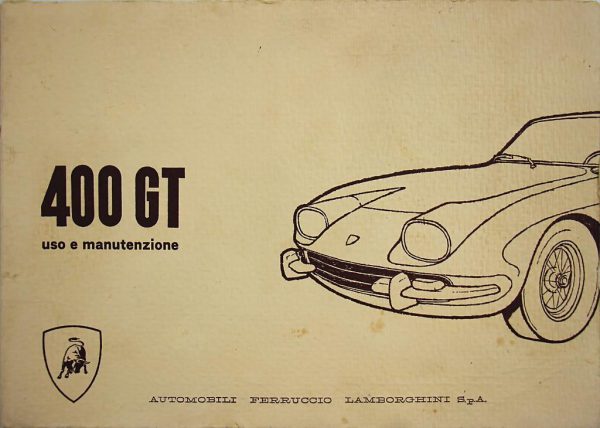
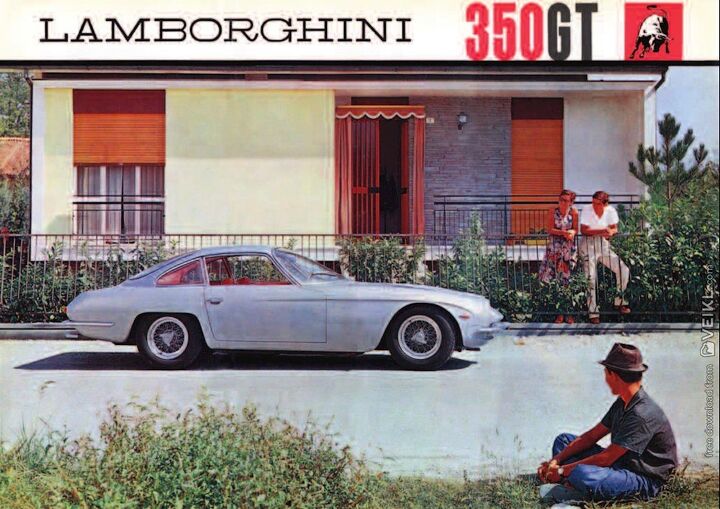


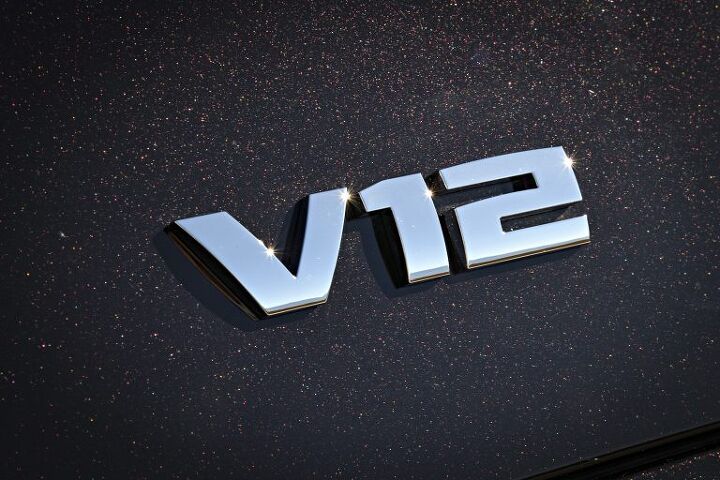

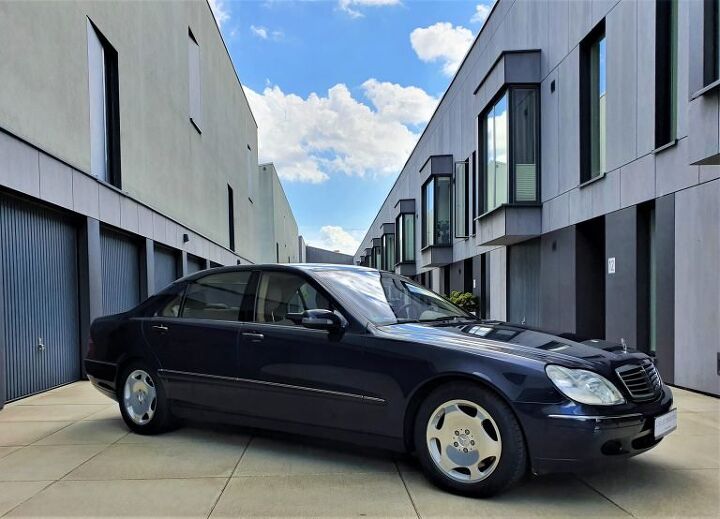
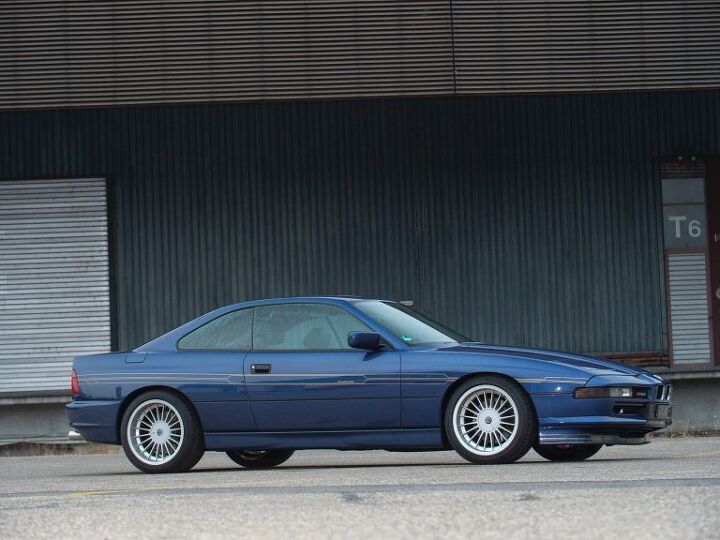
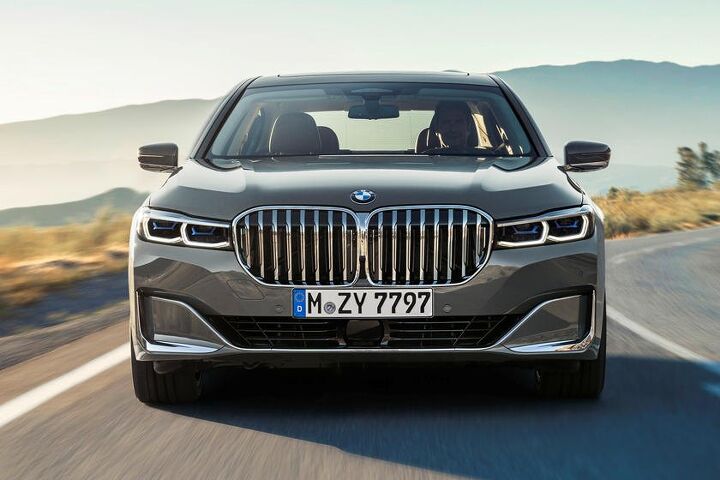
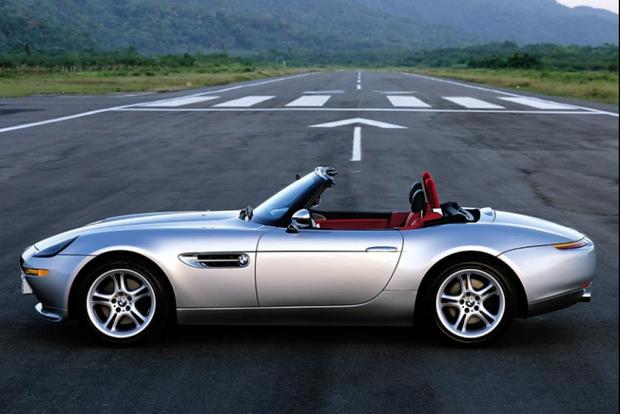















Recent Comments